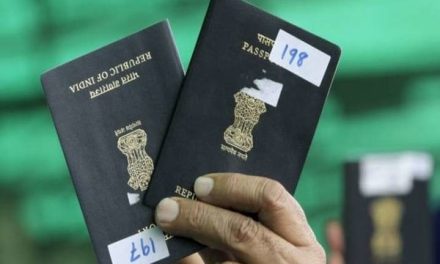In a major boost to its military might, India on Wednesday successfully test-fired surface-to-surface ballistic missile Agni-5 that can strike targets at ranges up to 5,000 km with a very high degree of accuracy, officials said.
The missile, which uses a three-stage solid-fuelled engine, is capable of striking targets up to a 5,000-km range with a very high degree of accuracy.
The successful launch aligns with India’s policy to have a “credible minimum deterrence” that underpins the commitment to ‘No First Use’.
The successful test-firing of the missile, built by the Defence Research Development Organisation’s (DRDO), came in the midst of a lingering border standoff with China in eastern Ladakh.
The first test of the missile was carried out in April 2012 while the previous one was reportedly conducted around three years ago.
The DRDO-developed missile has a payload capacity of 1,500 kg of the high-explosive warhead. The Agni missile is programmed to turn towards the earth’s gravitational pull after reaching the peak of its trajectory. Its path is precisely directed by an advanced onboard computer and inertial navigation system.
As the missile enters the earth’s atmosphere, the atmospheric air rubbing the skin of the missile during the re-entry phase raises the temperature above 4,000 degrees Celsius. The indigenously designed and developed carbon-carbon composite heat shield continues to burn sacrificially, protecting the payload and maintaining the inside temperature below 50 degrees Celsius.
Once inducted into the military, India will join countries like Britain, China, France, Russia, and the US which have intercontinental missile capabilities. At present, India has five missiles under the Agni series – Agni-1 with 700 km range, Agni-2 with 2,000 km range, Agni-3 and Agni-4 with 2,500 km to over 3,500 km range, and Agni-5 with up to 5,000 km range.
Agni-5’s first test was conducted on April 19, 2012, and the second one was conducted on September 15, 2013. Its third and fourth tests were conducted on January 31, 2015, and December 26, 2016. The fifth test was held on January 18, 2018, and the last one was conducted on October 27, 2021.












